Exploring the Types of Chinese Tea
Chinese tea is not only a beverage but also an essential part of Chinese culture. With a history of more than 4,000 years, it has developed into a vast and diverse industry. The types of Chinese tea can be classified into six major categories, each with its own unique taste and characteristics. In this article, we will explore these categories, giving you an in-depth understanding of the world of Chinese tea.
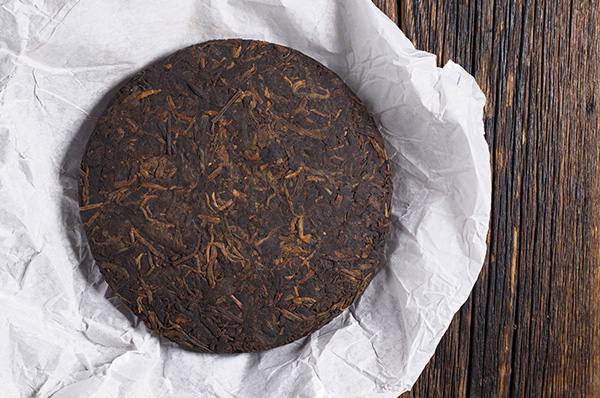
The Six Major Types of Chinese Tea
1. Green Tea
Green tea is the most popular type of Chinese tea, accounting for nearly 50% of all tea consumption in China. It is also the oldest type, with a history that dates back to ancient times. Green tea is made from the leaves of the Camellia sinensis plant, which are dried and roasted to prevent oxidation. This process preserves the tea’s green color and fresh, grassy flavor. Some famous green teas include:
- Longjing (Dragon Well): A well-known green tea from Hangzhou with a light, refreshing taste.
- Biluochun (Green Snail Spring): A delicate tea with a fruity aroma from Jiangsu province.
- Huangshan Maofeng (Yellow Mountain Fur Peak): A sweet, floral tea from Anhui province.
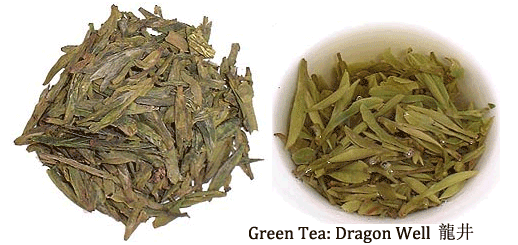
2. Black Tea
Black tea, known as “hong cha” in Chinese, is a fully oxidized tea that is popular in the West. The oxidation process gives the tea its reddish-brown color and bold, robust flavor. It is characterized by a strong, malty taste and a rich, full-bodied mouthfeel. Some popular Chinese black teas include:
- Keemun (Qimen): A famous black tea from Anhui province with a smooth, mellow flavor and a hint of smokiness.
- Dianhong (Yunnan Red): A full-bodied tea with a sweet, floral aroma from Yunnan province.
- Lapsang Souchong: A unique, smoky tea from Fujian province, dried over pine wood fires.
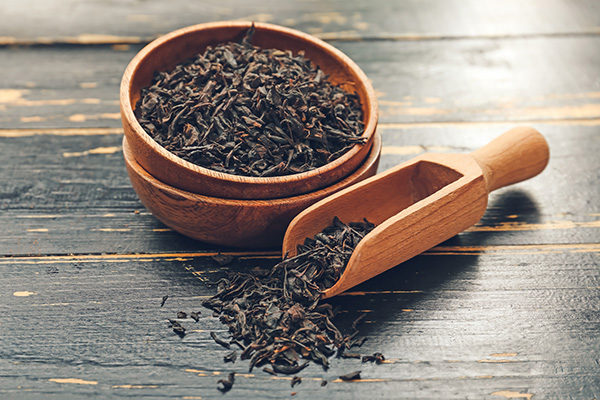
3. Oolong Tea
Oolong tea, also known as “qing cha” or “semi-fermented tea”, is a partially oxidized tea that falls between green and black tea. Its flavor profile ranges from light and floral to rich and creamy, depending on the degree of oxidation. Oolong tea is particularly popular in southern China and Taiwan. Some well-known oolong teas are:
- Tieguanyin (Iron Goddess of Mercy): A floral, buttery tea from Fujian province, with a sweet aftertaste.
- Wuyi Rock Tea (Yancha): A roasted, mineral-rich tea from the Wuyi Mountains in Fujian province.
- Dongding (Frozen Summit): A fruity, sweet tea from Taiwan, with a lingering aroma.
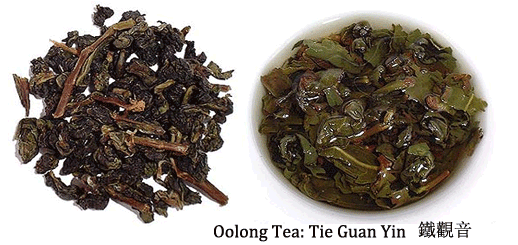
4. White Tea
White tea is the least processed of all Chinese tea types. It is made from the young leaves and buds of the tea plant, which are simply plucked and allowed to wither and dry naturally. This minimal processing gives white tea its delicate, light flavor and pale, golden color. Some notable white teas include:
- Baihao Yinzhen (Silver Needle): A premium white tea made from only the finest, tender tea buds.
- Bai Mudan (White Peony): A slightly more robust white tea, made from a blend of tea buds and young leaves.
- Shoumei (Longevity Eyebrow): A more affordable white tea option, known for its fruity, sweet taste.
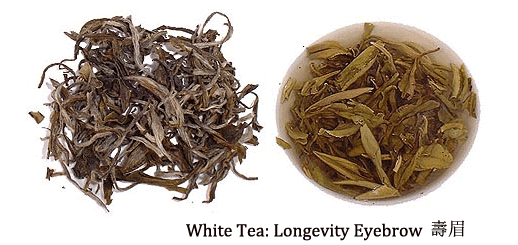
5. Yellow Tea
Yellow tea is a rare and unique type of Chinese tea that is similar to green tea but with a slightly longer oxidation process. The tea leaves are partially fermented and then wrapped in a special cloth to allow for a gentle, slow oxidation. This results in a distinctive yellow color and a richer, mellower flavor compared to green tea. Some notable yellow teas include:
- Junshan Yinzhen (Silver Needle of Jun Mountain): A highly prized yellow tea from Hunan province, known for its sweet, floral taste.
- Mengding Huangya (Mengding Yellow Buds): A rare tea from Sichuan province, with a smooth, buttery flavor and a delicate aroma.
- Huoshan Huangya (Huoshan Yellow Buds): A yellow tea from Anhui province, characterized by its slightly nutty taste and floral scent.

6. Pu-erh Tea
Pu-erh tea, also known as “pu’er” or “dark tea”, is a fermented tea that originates from the Yunnan province of China. It undergoes a unique aging process, which can take several years or even decades, resulting in a complex, earthy flavor that becomes richer and smoother over time. Pu-erh tea is available in two main types:
- Raw Pu-erh (Sheng): This type of pu-erh is naturally aged and has a sharp, bitter taste when young, which mellows with age.
- Ripe Pu-erh (Shou): Ripe pu-erh undergoes an accelerated fermentation process, which gives it a smoother, more approachable flavor from the start.
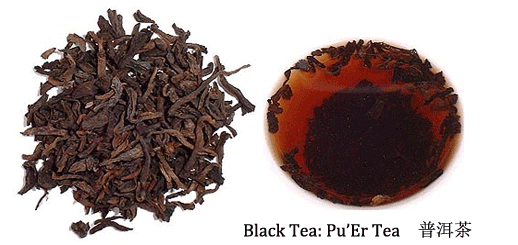
Health Benefits of Chinese Tea
Chinese tea has long been celebrated for its numerous health benefits. Rich in antioxidants, vitamins, and minerals, tea is believed to have the following benefits:
- Boosting the immune system
- Reducing inflammation
- Aiding digestion
- Improving mental alertness
- Lowering cholesterol levels
- Supporting weight loss
- Promoting heart health
It is important to note that while moderate tea consumption is generally considered safe and healthy, excessive consumption can lead to negative side effects, such as insomnia, due to the caffeine content.
How to Brew Chinese Tea
To fully appreciate the unique flavors and aromas of Chinese tea, it is important to brew the tea correctly. While specific brewing methods may vary depending on the tea type, a general guideline for brewing Chinese tea is as follows:
- Preheat the teapot and teacups by rinsing them with hot water.
- Add tea leaves to the teapot, using approximately one teaspoon of tea leaves per 6-8 ounces of water.
- Pour hot water over the tea leaves, using water at the appropriate temperature for the type of tea (generally, 175°F-185°F for green and white teas, 190°F-205°F for oolong and black teas, and boiling water for pu-erh tea).
- Allow the tea to steep for the recommended time (usually 2-3 minutes for green and white teas, 3-5 minutes for oolong and black teas, and 5-10 minutes for pu-erh tea).
- Pour the tea into the teacups and enjoy.
Conclusion
Chinese tea is a rich and diverse world, with a wide range of flavors and aromas to discover. By exploring the six major types of Chinese tea – green, black, oolong, white, yellow, and pu-erh – you can gain a deeper appreciation for this ancient beverage and its important role in Chinese culture. Whether you prefer the delicate, refreshing taste of green tea, the bold, robust flavor of black tea, or the earthy, complex notes of pu-erh, there is a Chinese tea to suit every palate.
